Historical Perspective
From Industrial Revolutions to the Blockchain Era
Industrial revolutions

Driven by steam, it gave way to mechanisation and the textile industry.
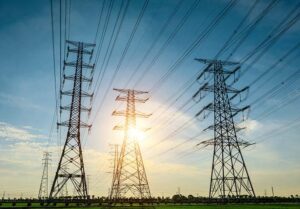
Electrification and mass production. Birth of the assembly line.

Digital age, computers and automation
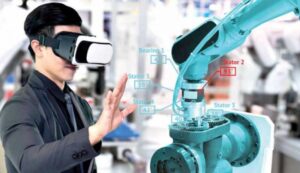
Connectivity, artificial intelligence, robotics and, of course, blockchain.
Technological Waves
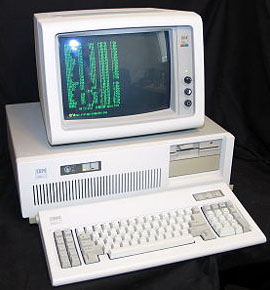
The first computers change the way businesses operate.

Global connectivity and access to information.

Always connected, everywhere.
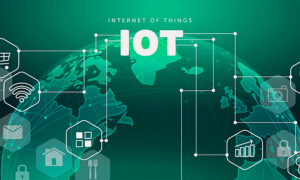
Everything connects, from your fridge to your car.
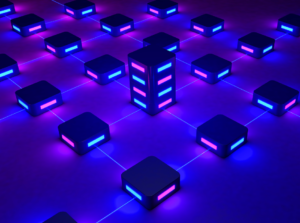
Secure, transparent and decentralised transactions.

Blockchain: The Fifth Wave
The blockchain is more than a technology; it is a revolution in itself. It enables secure transactions without intermediaries, empowers individuals and has the potential to redefine entire industries. It is not just a trend; it is the future.
The Fourth Industrial Revolution, also known as Industry 4.0, is characterised by the fusion of technologies that blur the lines between the physical, digital and biological worlds. It is a revolution marked by advances in artificial intelligence, robotics, the Internet of Things (IoT), autonomous vehicles, 3D printing, nanotechnology, biotechnology, energy storage and quantum computing.
Blockchain is at the heart of this revolution, offering a decentralised and secure way to record transactions and other data, without the need for intermediaries. This technology has the potential to redefine many industries, from finance and healthcare to logistics and public administration, by providing transparency, traceability and security in transactions.
Considered by many as the "Fifth Technology Wave", blockchain represents a significant evolution in how data and assets are recorded, verified and transferred in the digital world. Unlike previous technology waves, which focused on connectivity and access to information, blockchain focuses on trust.
Decentralisation
Unlike traditional centralised systems, the blockchain operates on a network of nodes that validate and record transactions.
Transparency
All transactions are visible to all network participants, ensuring full traceability.
Security
Once a transaction is added to the blockchain, it is virtually immutable, meaning that it cannot be altered without the consensus of the network.to remain competitive in an increasingly digitised world.
Potential
Beyond cryptocurrencies, the blockchain has applications in digital identity, smart contracts, supply chains, voting, and more.
The Gartner Curve and Technology Waves
The first computers appear, and although they are large and expensive, they represent a promise of change in the way we work and communicate.
The dot com boom. Everyone wants to have a website, and expectations about what the Internet can achieve are sky high.
Despite the rapid adoption of smartphones, there were initial challenges in terms of battery life, connectivity and software limitations.
Businesses are beginning to see the true potential of connecting devices and collecting data. More practical and useful solutions are developed.
After overcoming hype and inflated expectations, blockchain is finding its place in sectors such as finance, healthcare and logistics, demonstrating its real and sustainable value.
